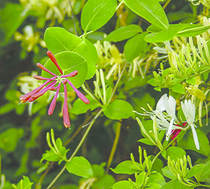 There are two types of honeysuckle vine in Forest Hill Park. One, the Japanese honeysuckle, is well known and loved by many. You may have never heard of the other. Here are their stories. The Japanese honeysuckle, Lonicera spp., was introduced to this country after European settlement as an ornamental and for wildlife value. For a while after introduction it lived wherever it was planted just as peonies, gardenias, and such plants live in our gardens today. And then, as seeds were transported by birds and other critters, this plant began to spread far and wide, covering and threatening shrubs, trees, anything in its path. Instead of being known for the sweet fragrance on a warm summer day or for the flowers’ taste of sweet nectar, it should be known as a very aggressive non-native species that is a threat to our environment. 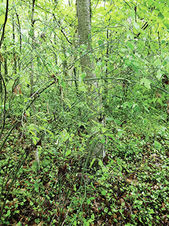 As you walk through Forest Hill Park over the next month, you might easily miss the subtle flowering of one of our native understory shrubs, Euonymus americanus. Common names for this plant include Hearts-a-burstin’ and Strawberry bush – names that will be explained shortly.
|
What's growing?This is where you can learn about the vast variety of plant and animal-life that makes Forest Hill Park its home. Archives
August 2017
Categories
All
|
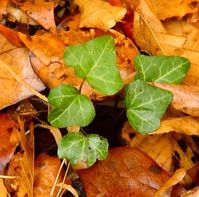
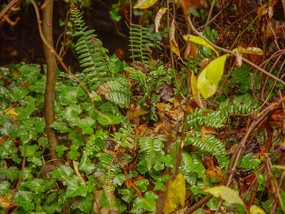
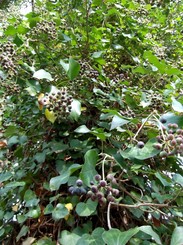
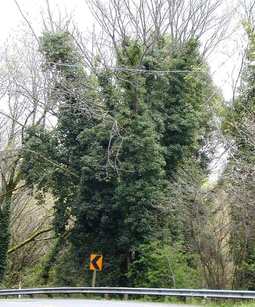
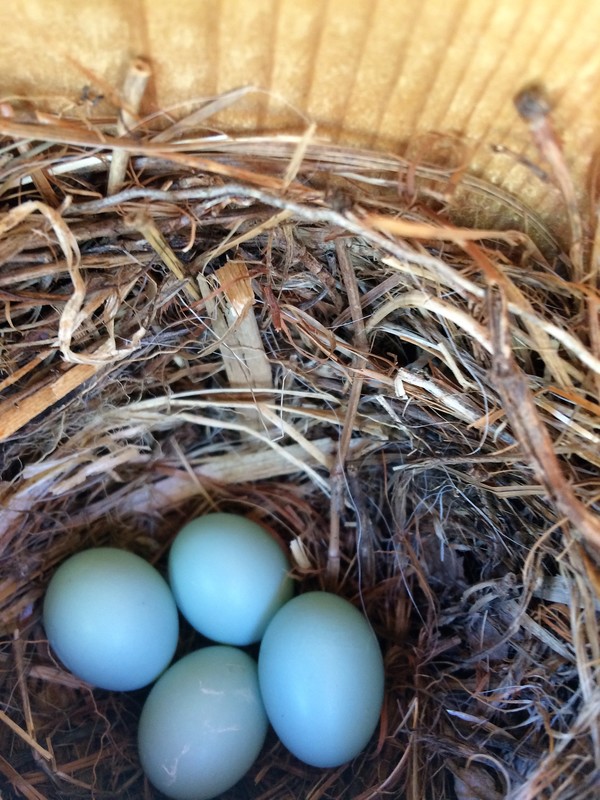
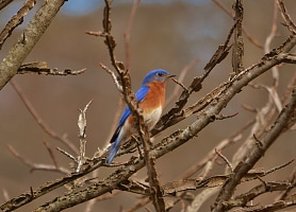
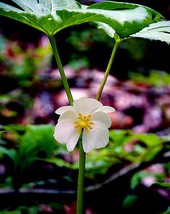
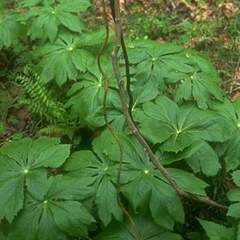
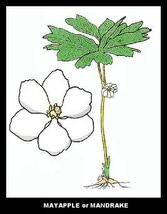
 RSS Feed
RSS Feed